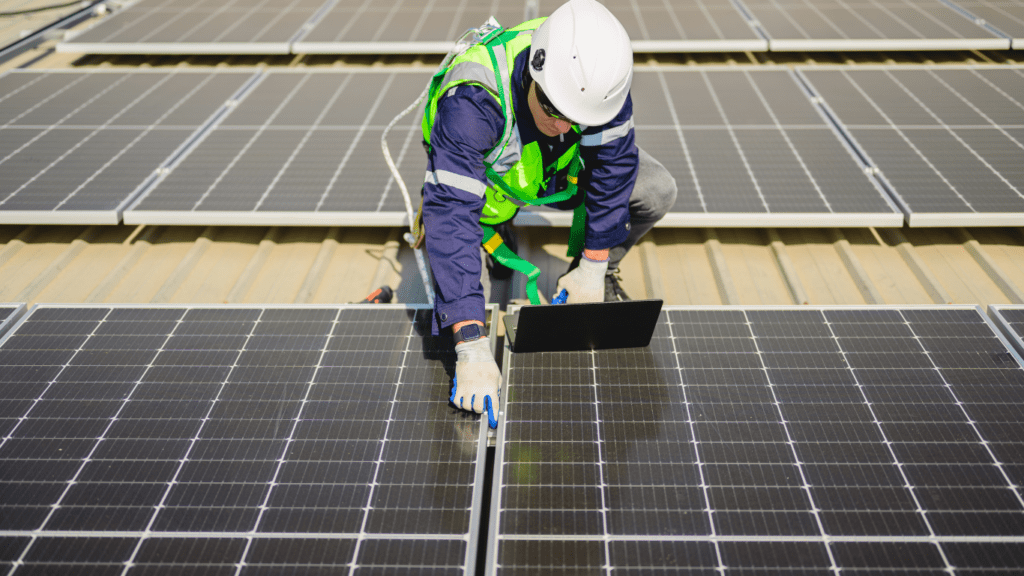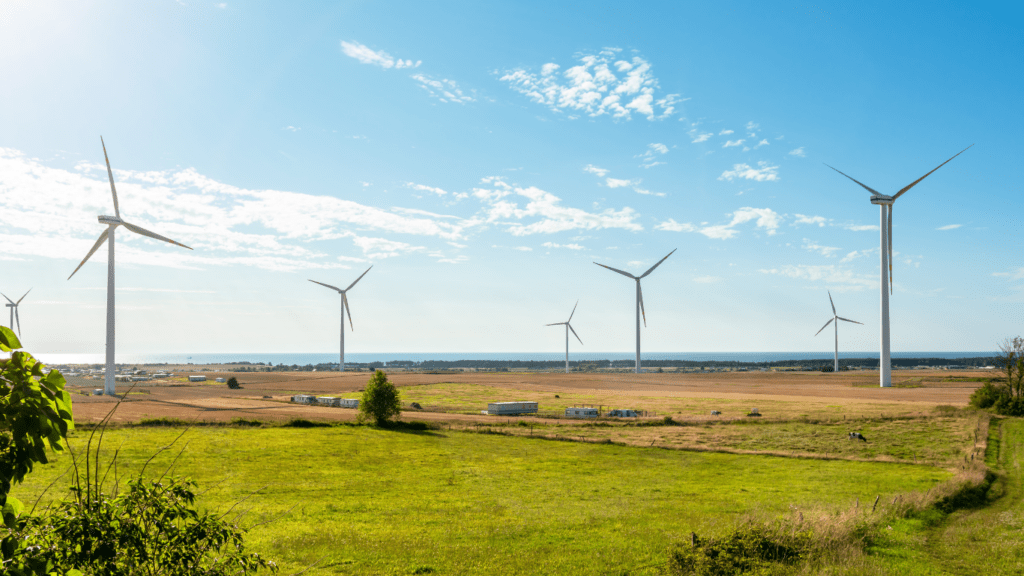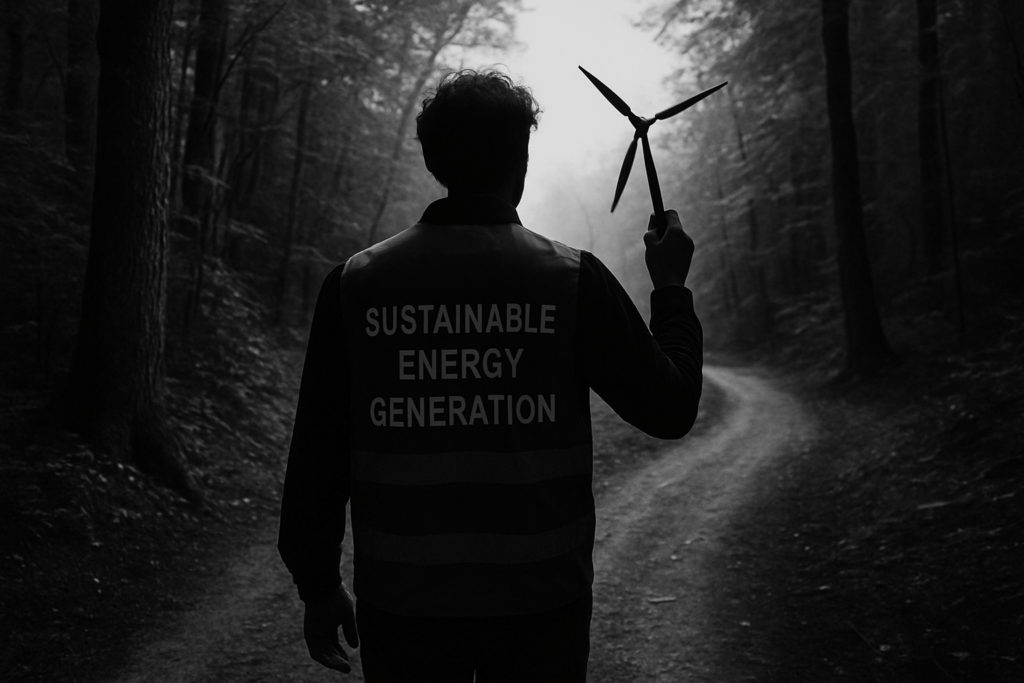Understanding Renewable Energy in Agriculture
Renewable energy offers promising solutions to reduce farm operational costs. It leverages natural resources that regenerate over time.
Definition and Types of Renewable Energy
Renewable energy uses resources replenished naturally.
It includes:
- Solar Power: Utilizes sunlight for generating electricity and heating.
- Wind Power: Converts wind energy into electrical power through wind turbines.
- Biomass Energy: Uses organic materials like crop waste for producing bioenergy.
- Hydropower: Employs flowing water to generate electrical energy.
These energy types provide farms with diverse options for sustainable power.
Importance of Renewable Energy for Farms
Using renewable energy reduces reliance on fossil fuels. Lower energy costs lead to improved profitability. Sustainable farm practices boost market competitiveness by attracting eco-conscious consumers. Renewable energy investments can qualify for tax incentives and grants, further lowering costs.
Renewable systems, often low-maintenance, ensure energy independence and reduce long-term operational expenses.
Economic Benefits of Renewable Energy
Renewable energy significantly lowers farm operational costs. Farmers see substantial economic returns from using solar, wind, biomass, and hydropower.
Reduction in Energy Bills
Renewable energy drastically cuts energy bills. Solar panels, for example, harness sunlight to generate electricity, dramatically lowering monthly utility costs.
Wind turbines convert wind to electric power, eliminating expenses tied to fossil fuels. Biomass systems use organic waste, offering a cost-effective alternative to traditional energy sources.
Cost Savings Through Government Incentives
Government incentives enhance cost savings. Tax credits and grants reduce upfront costs for renewable energy installations. In the U.S., the Federal Investment Tax Credit (ITC) offers a 26% tax credit for solar systems installed before 2023. State-specific programs provide additional financial support, further lowering investment costs.
Long-term Financial Stability
Renewable energy ensures long-term financial stability. Initial investments in renewable systems result in predictable, low energy costs for decades.
This stability protects farms from fluctuating energy prices, making it easier to budget and plan for future expenses. Savings are reinvested into the farm, fostering growth and sustainability.
Case Studies of Farms Using Renewable Energy

Farms across various scales integrate renewable energy, driving substantial cost savings. Below are examples illustrating the practical applications and benefits.
Small-Scale Farms
Small-scale farms significantly benefit from renewable energy. For example, a 50-acre vegetable farm in Vermont installed a 10 kW solar panel system.
This investment cut annual energy costs by 40%, saving the farm $3,000 yearly. Additionally, a dairy farm in Wisconsin used a 20 kW wind turbine. This turbine met 60% of the farm’s energy needs, reducing operational expenses by $4,500 each year.
Large-Scale Farms
Large-scale farms also derive value from renewable energy solutions. A 2,000-acre grain farm in Iowa adopted biomass energy by utilizing crop residues.
This transition cut fuel costs by 30%, translating to $50,000 in savings annually. Another example involves a cattle ranch in Texas, which installed a 500 kW solar power system. This system lowered electricity expenses by 70%, resulting in $100,000 saved each year.
Implementation Strategies
Farmers’ efforts to switch to renewable energy entail specific strategies that ensure cost-effectiveness and efficiency.
Initial Investment and Funding
Initial investments in renewable energy might seem high, but various funding opportunities exist. Government grants, tax credits, and low-interest loans can significantly reduce the upfront costs.
For example, the USDA’s REAP program provides grants up to 25% of total project costs. Additionally, some states offer additional incentives, such as property tax exemptions for renewable energy installations. Leveraging these financial aids makes renewable projects more accessible and economically viable for farms.
Choosing the Right Renewable Energy Sources
Selecting the right renewable energy source depends on the farm’s location, size, and energy needs. Solar panels work well for farms in sunny regions; they offer reliable energy and easy installation on rooftops or open fields.
Wind turbines suit areas with consistent high winds, providing substantial energy output for large-scale operations. Biomass systems are perfect for farms with organic waste, converting it into energy efficiently. Assessing these factors ensures the chosen energy source maximizes cost savings and operational efficiency.
Challenges and Solutions
Farmers adopting renewable energy face certain challenges but can address them effectively.
Technical Challenges
Integrating renewable energy systems involves technical hurdles. For instance, solar panels need proper installation and maintenance to function efficiently.
Wind turbines require specific site assessments to ensure optimal placement and performance. Biomass systems necessitate a steady supply of organic material and precise management of the conversion process. Partnering with experienced technicians and using reliable equipment can mitigate these technical issues.
Financial Challenges
Renewable energy investments pose significant financial challenges. Initial setup costs for solar panels, wind turbines, and biomass systems can be substantial.
However, leveraging government grants, tax credits, and low-interest loans can ease these financial burdens. Long-term savings on energy costs and the increase in property value offer financial benefits that outweigh upfront expenditures. Budgeting carefully and seeking professional financial advice can help farmers manage these initial costs effectively.
Future Prospects
The landscape of renewable energy in agriculture is rapidly evolving. Future prospects indicate continued technological advancements and stronger policy support.
Technological Advancements
New technologies will drive efficiency in renewable energy systems on farms. For example, improvements in solar panel efficiency could yield higher energy output. Integrating smart technologies like IoT sensors enables real-time monitoring, optimizing energy usage and minimizing waste.
Innovations in energy storage solutions, such as advanced batteries, ensure consistent energy supply even when renewable sources are intermittent. These advancements reduce operational costs and enhance energy reliability, facilitating sustainable farming practices.
Policy and Regulatory Support
- Government policy and regulatory frameworks offer significant support for renewable energy adoption in agriculture.
- Increased tax credits and grants encourage farmers to invest in renewable technologies.
- Policies promoting net metering allow farms to sell excess energy back to the grid, generating additional income.
- Enhanced funding opportunities through low-interest loans alleviate financial barriers for small and medium-sized farms.
- Supportive regulatory environments expedite the process of obtaining necessary permits, making the transition to renewable energy smoother and more accessible.



